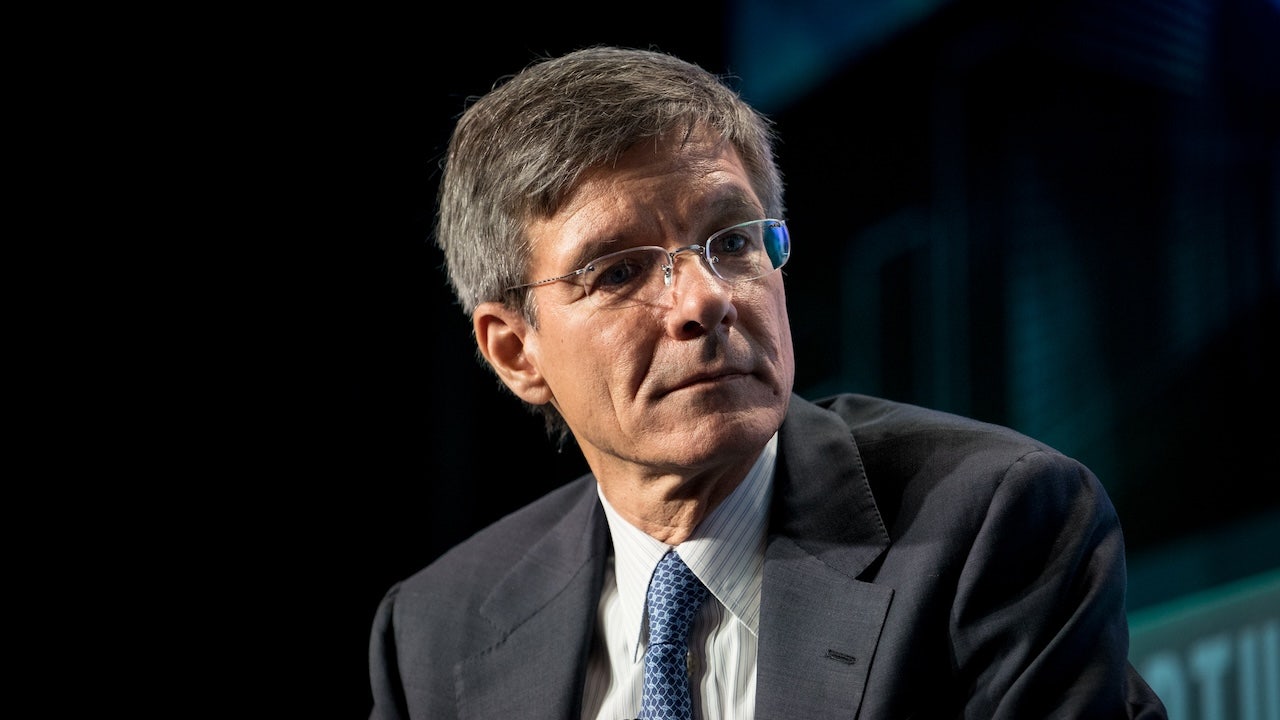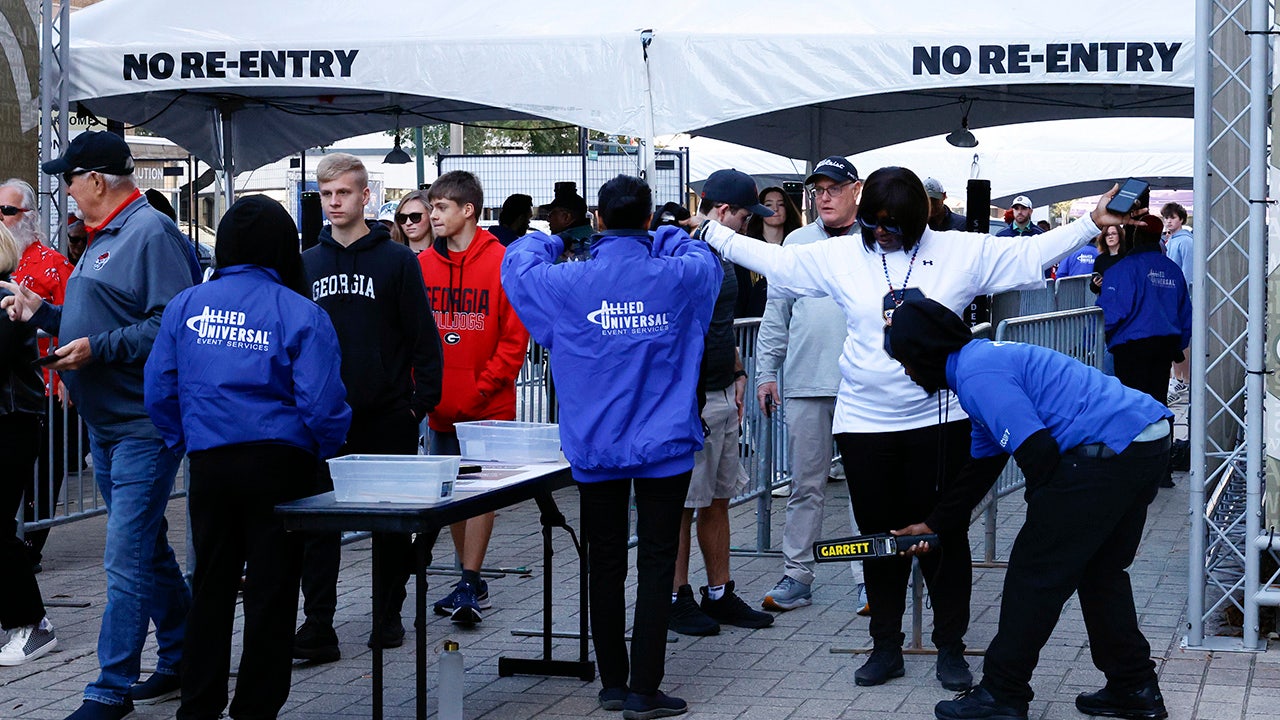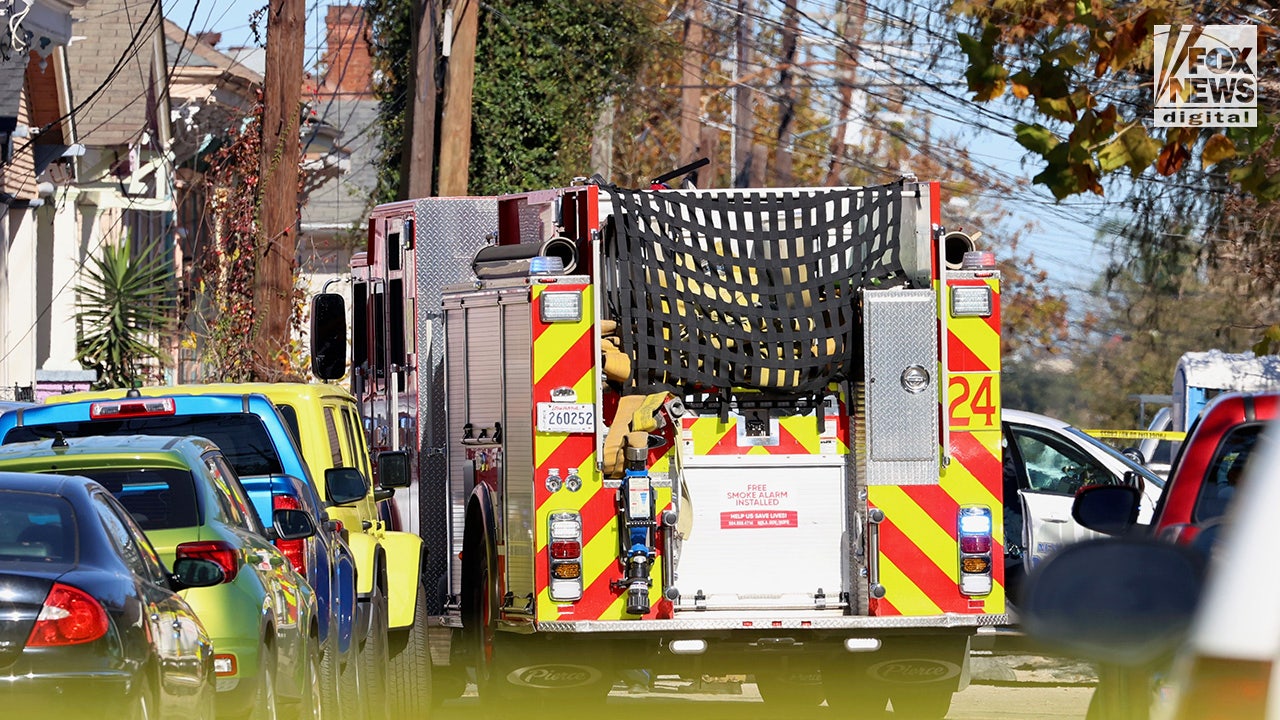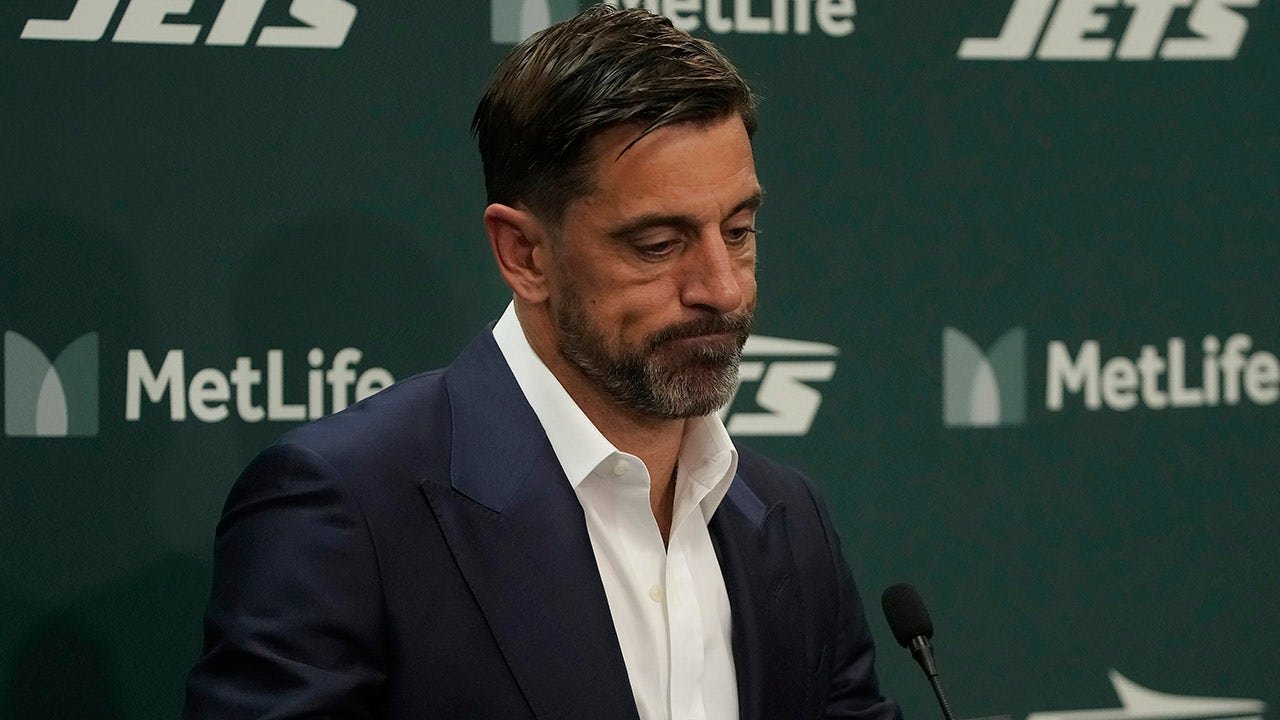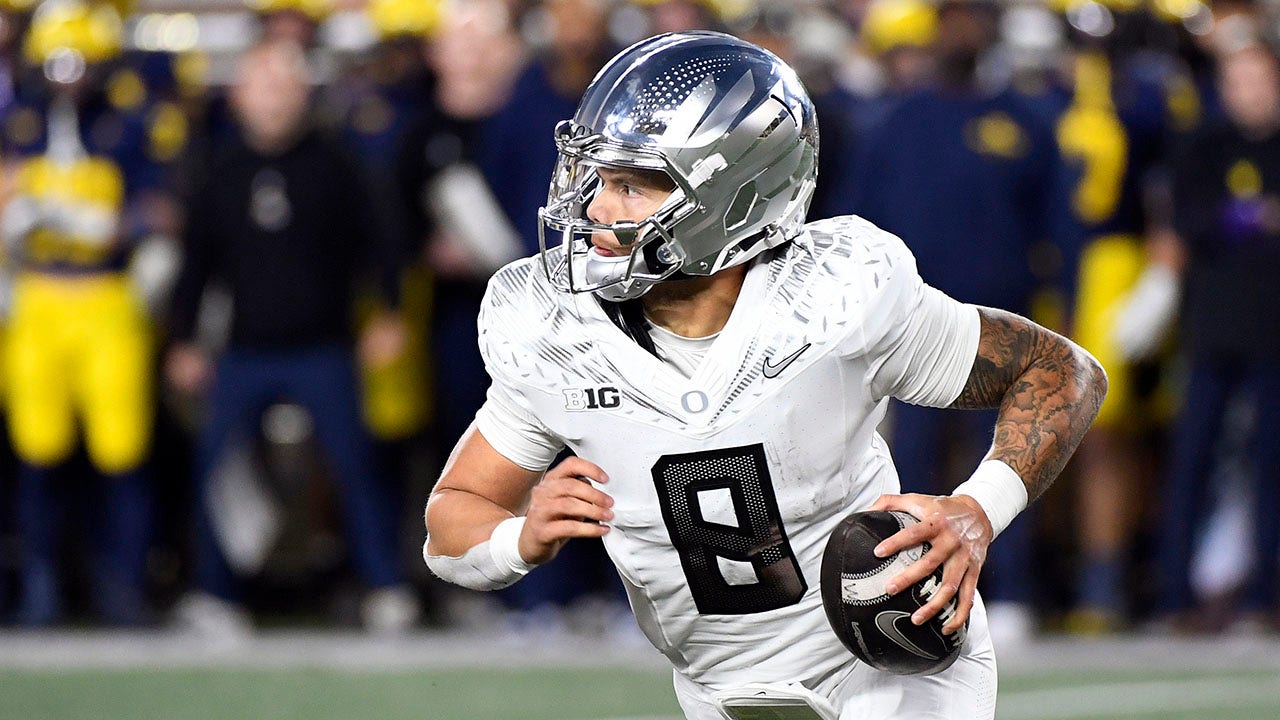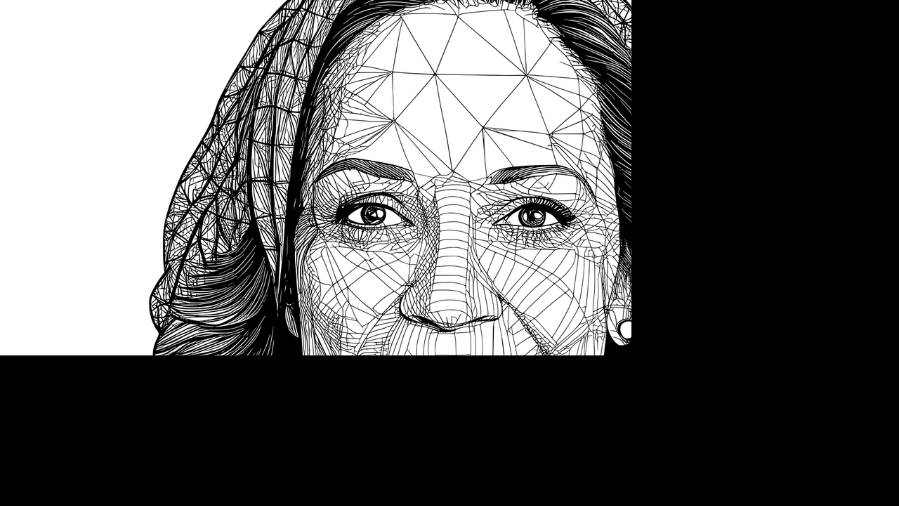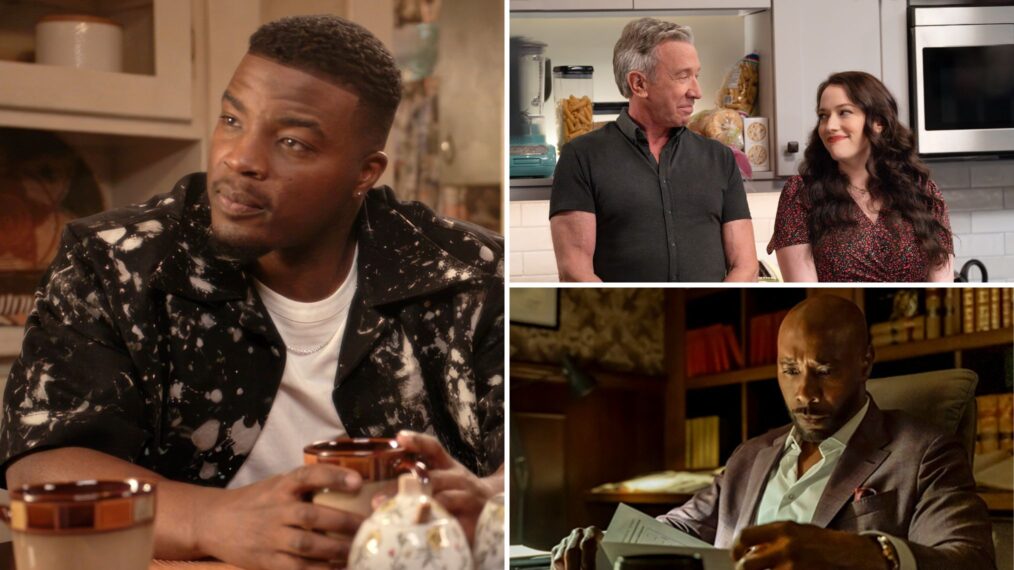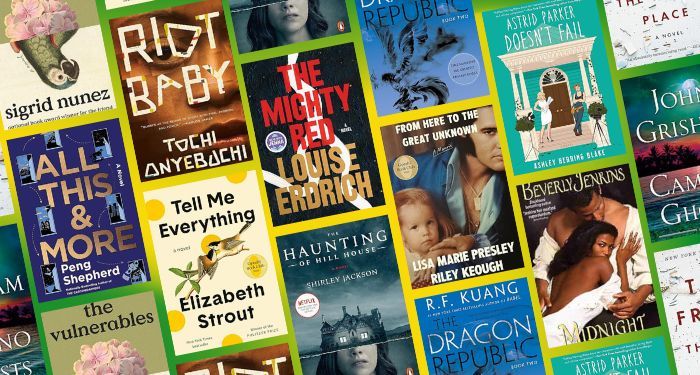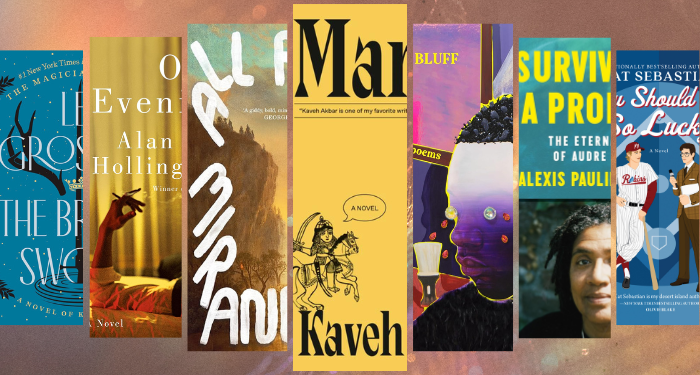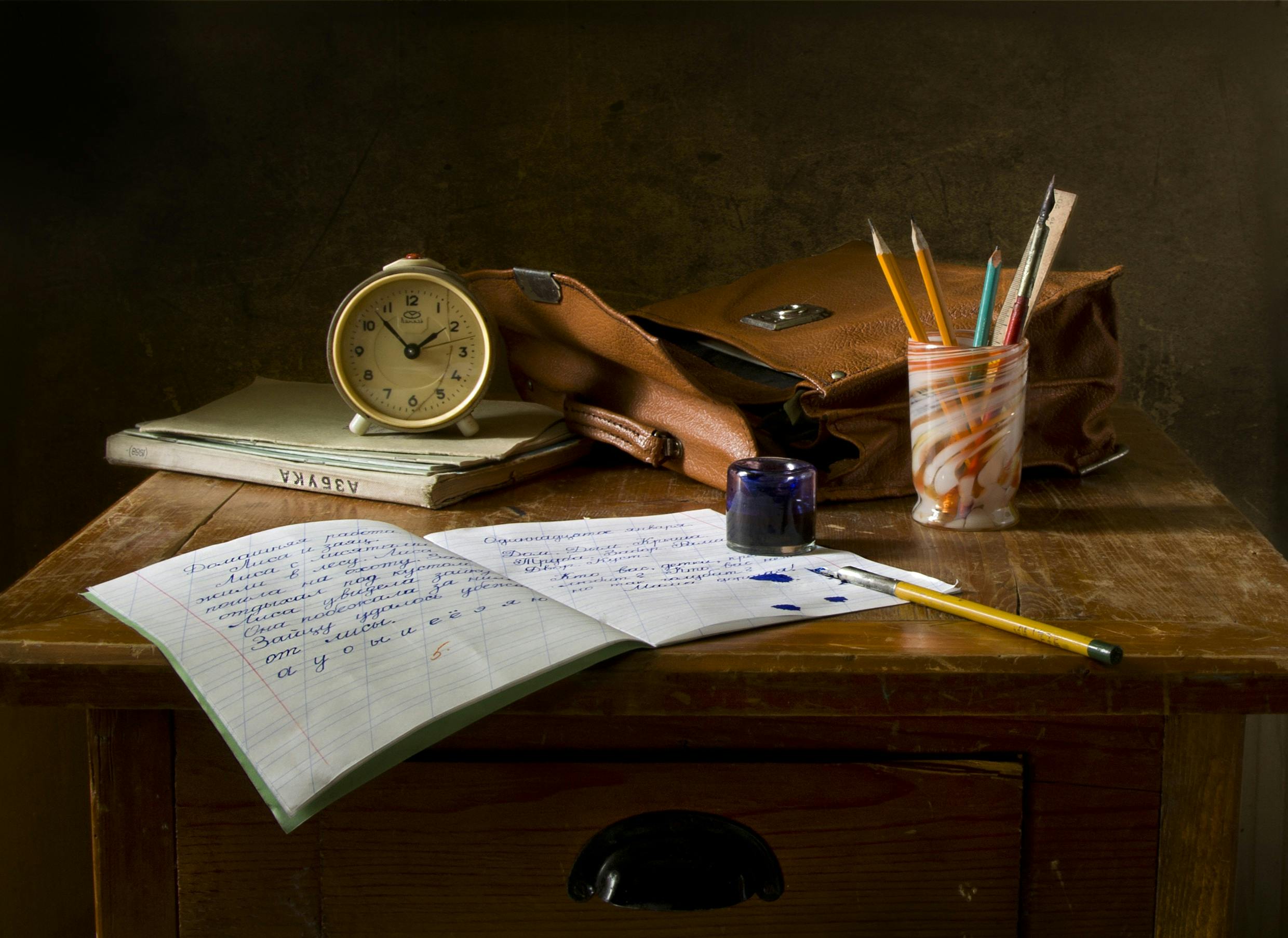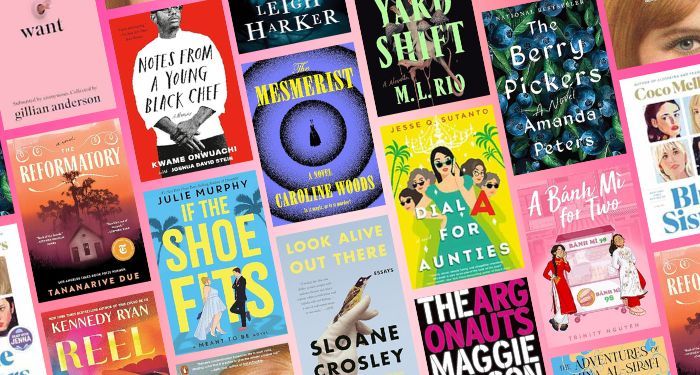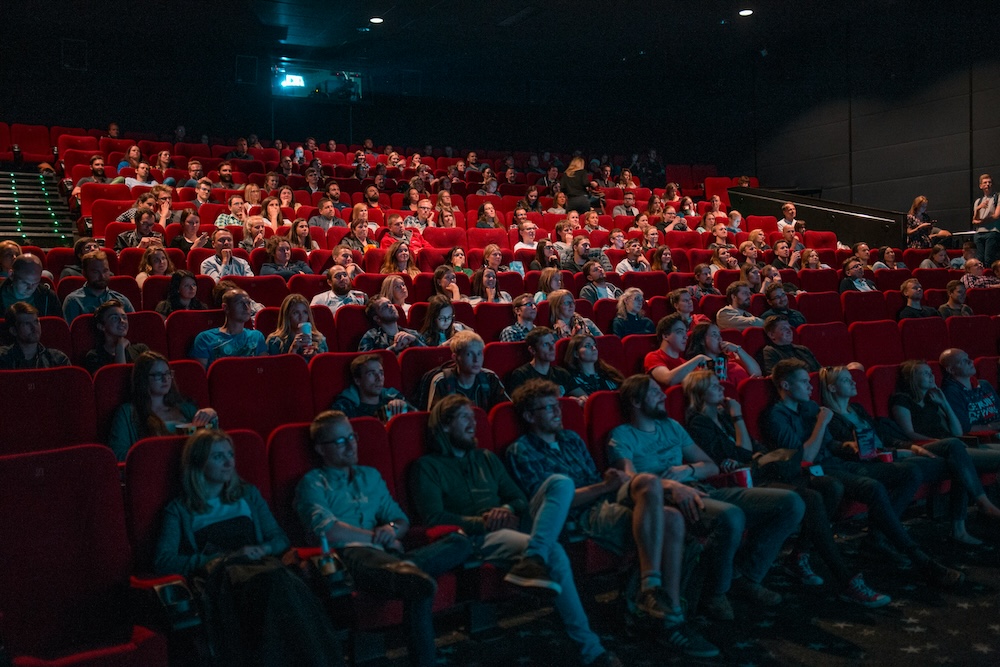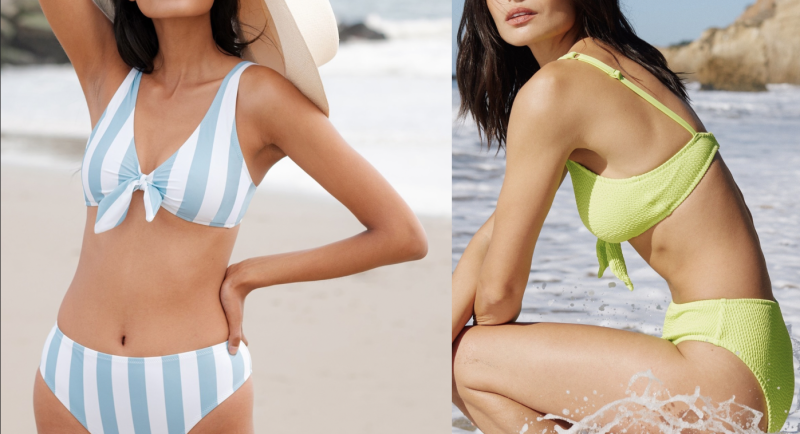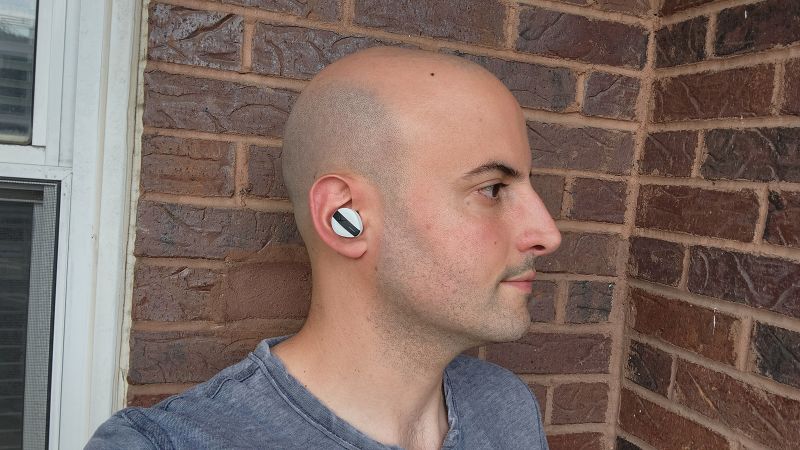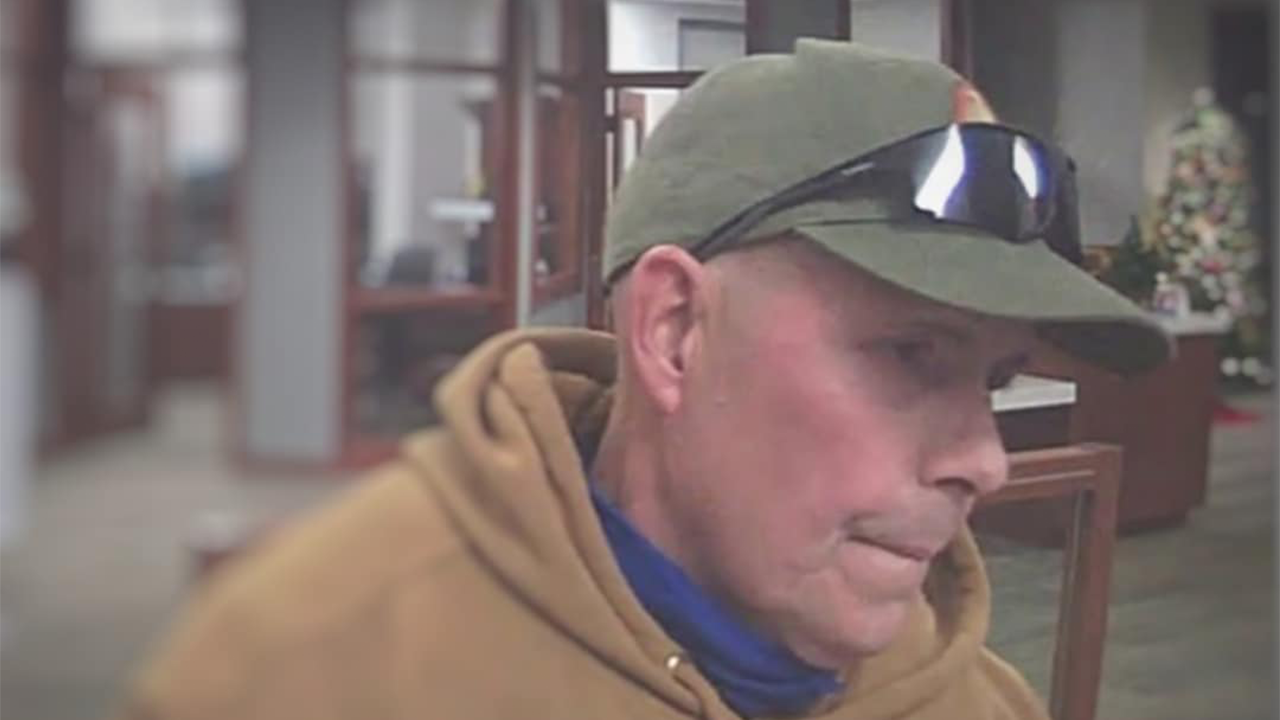Tom Cruise blasting across the screen at Mach 10 in the opening set piece for Top Gun: Maverick is the most enduring image of “the need for speed” to come out of this year’s Cannes Film Festival.
But for fans of low-budget vérité filmmaking, Lola Quivoron’s Rodeo, which won the jury prize in Cannes’ Un Certain Regard section this year, and which Les Films du Losange is selling worldwide, provides an equally compelling portrait of an adrenaline junkie.
Newcomer Julie Ledru plays Julia, a poor kid from the projects outside Paris whose drug of choice is not fighter jets but high-speed dirt bikes. “I was born with a bike between my legs,” she says at one point, just before brazenly stealing the machine that will help her gain entry into the very male, very dangerous world of underground motocross riders.
It’s a world that first-time director Quivoron knows well. Quivoron spent four years, as a photojournalist and non-fiction filmmaker, documenting the “urban rodeo” riders who imported and adapted America’s rebel Motorcross culture to the mostly-poor, mostly-immigrant communities in the French suburbs.
For her feature debut, Quivoron combines a very gritty, realistic style —including some breathtaking in-camera stunt sequences —with more genre elements, turning Rodeo into a mash-up of coming-of-age character tale and high-speed heist movie.
Speaking to The Hollywood Reporter, the director also points to the film’s political message.
“For these people, who come from very poor environments and backgrounds, the bike is a way to take revenge on the card fate dealt them…they need to make noise to be heard by the society around them.”
The following interview was edited for length and comprehension.
You made a documentary on illegal dirt bike riders in France before making it the subject of your debut feature. How did you become involved in this whole subculture?
It’s something that I discovered in 2015 When I got in touch with the biggest community in France. I dove into this community and got very familiar with them and really formed social bonds of friendship. It was when I was still in film school and I spent a lot of time with them, on the roads you know, just having barbecues and I took a lot of photographs. I built up this documentary collection of material and memories from the time I spent with them.
My short documentary Dreaming of Baltimore (2016) was largely naturalistic, very much a documentary approach and very close to reality. This feature, Rodeo, is a more dramatized version of reality, that goes beyond naturalism and becomes a sort of epic.

RODEO – Cannes Film Festival
Courtesy CG Cinéma
Right, at moments you even use fantastic, almost surrealistic elements in the movie. But before we talk specifically about the film, I’d like to know a little bit more about sort of your experience when you were sort of embedded in this community. What is it about that community, about dirt biking, that fascinates you?
I’m fascinated by the physicality of it, with the physical relationship that the riders have with their own bikes. And with the practice of off dirt biking itself. When you go on the road with them, it’s very contagious, very tempting. Of course there is risk involved, risk is always present.
Then there’s the noise. The bikes roar like lions. A group of bikes creates a symphony, there’s this physical vibration, this energy released.
The practice itself is very poetic, very spectacular. It’s very technical, like skating or snowboarding. They have to learn it and then they share it and challenge each other to learn the different tricks, to overcome their own limits. Then they video their exploits and share them on the internet or on social networks. Of course, the subculture was born in the U.S. and imported into France, but it lives and feeds on these videos that people share on social networks.
I’m also really fascinated by the relationship that they have with death because death can happen at any time. I saw many accidents on the road.
There’s also a political component. They put all the money they have into those bikes, which are very expensive bikes. It’s proof of the passion they feel for what they do. The practice itself has become very criminalized, it’s forbidden by law everywhere. It is very marginal and very misunderstood. For these people, who come from very poor environments and backgrounds, the bike is a way to take revenge on the card fate dealt them. It’s a way to create an alternative family and to express the rage and anger they feel inside. I like the idea of them needing to make noise in order to be heard by the people, the society, around them.

Julie Ledru in ‘Rodeo’
Courtesy CG Cinéma
How did you find your main actress, Julie Ledru? This is her first-ever performance.
Spending time with these groups since 2015 I knew they are very few female riders. They are very, very rare. It was difficult to meet any. These are very closely-knit communities and it is a very male-dominated environment. The protagonist of my film was a dream character, someone I’d long dreamt and fantasized about. I started writing her based on a fantasy, but I’d never met her.
Then I discovered Julie on Instagram. Her ID was just: “Unknown woman of 95”. 95 is the zip code where she lives, north of Paris. I messaged her. We met and there was real chemistry between us, it was really a miracle. She instantly understood what I was looking for in the character. And she just embodied the figure I had been dreaming of. Her physicality, her energy that she could release. And she immediately understood the character in a very intimate way. At one point I thought she must be lying to me because the level of mutual understanding was just so close and so powerful.
I re-adapted the whole character to base it directly on her, adding stories she told me about her life and herself. And the trust between us, which was they from the first meeting, just grew. Julie had a deep understanding of what I was trying to do with the film, we were completely in tune.
For example, I am non-binary. I identify with how women are usually represented, and I don’t feel particularly connected to the coded image of men. Julie’s the same.
When I gave her the script, and we started rehearsing, Julie became the character Julia. It was a matter of changing a single vowel at the end of the name. Julia and Julie met halfway to a certain extent. They share the same energy, the same rage, but Julie is less able than Julia to express that rage.
I’m sadly running out of time but I need to ask about the stunts in the film. How did you pull those off – especially the dramatic highway heist scene? It’s an incredibly impressive set piece for a low-budget movie.
We had a fantastic and amazing stunt crew, but we were never fully exempt from danger. For the opening scene (of a Motorcross rally) we had to organize a specific event and we invited actual members of the community to join in as extras, which they did.

RODEO – Cannes Film Festival
Courtesy CG Cinéma
So they are riding and performing the tricks they know how to do. There’s not wearing helmets, which is how they ride, but it is of course very dangerous.
We had them sign a release form saying they agreed to do so. The material was absolutely incredible because the riders had the freedom to perform, and we had earned their trust.
But we had accidents. One of the riders broke her tibia in her leg. Another broke another bone. It was very difficult, very technical. Even falling down is very technical, it has to be extremely precise and choreographed. But the fact that didn’t have any major accidents was I think due to the trust we had built with the community and how careful we were in working with them.

